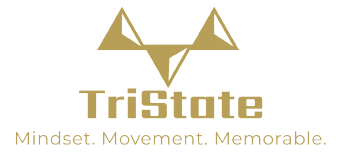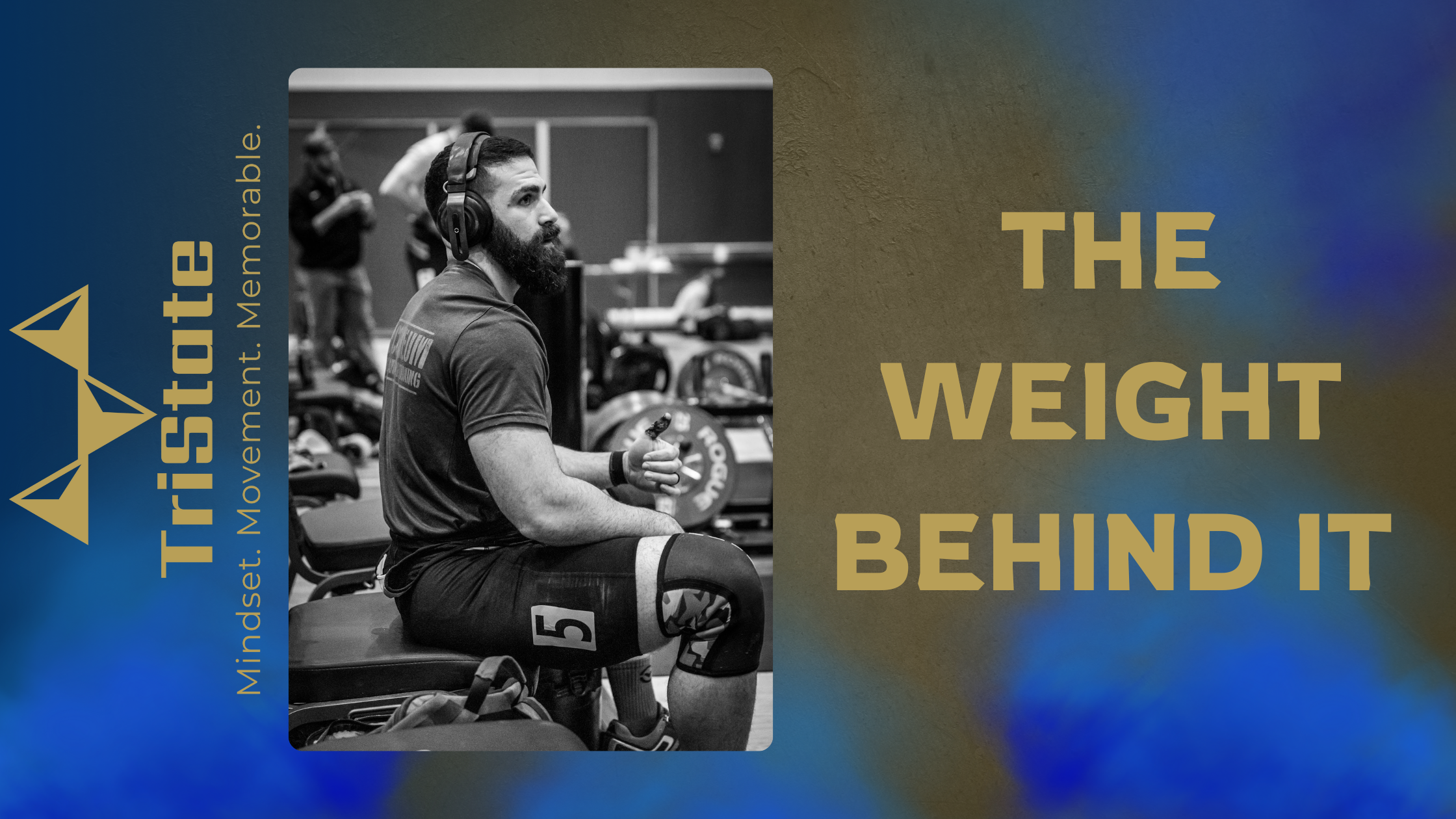





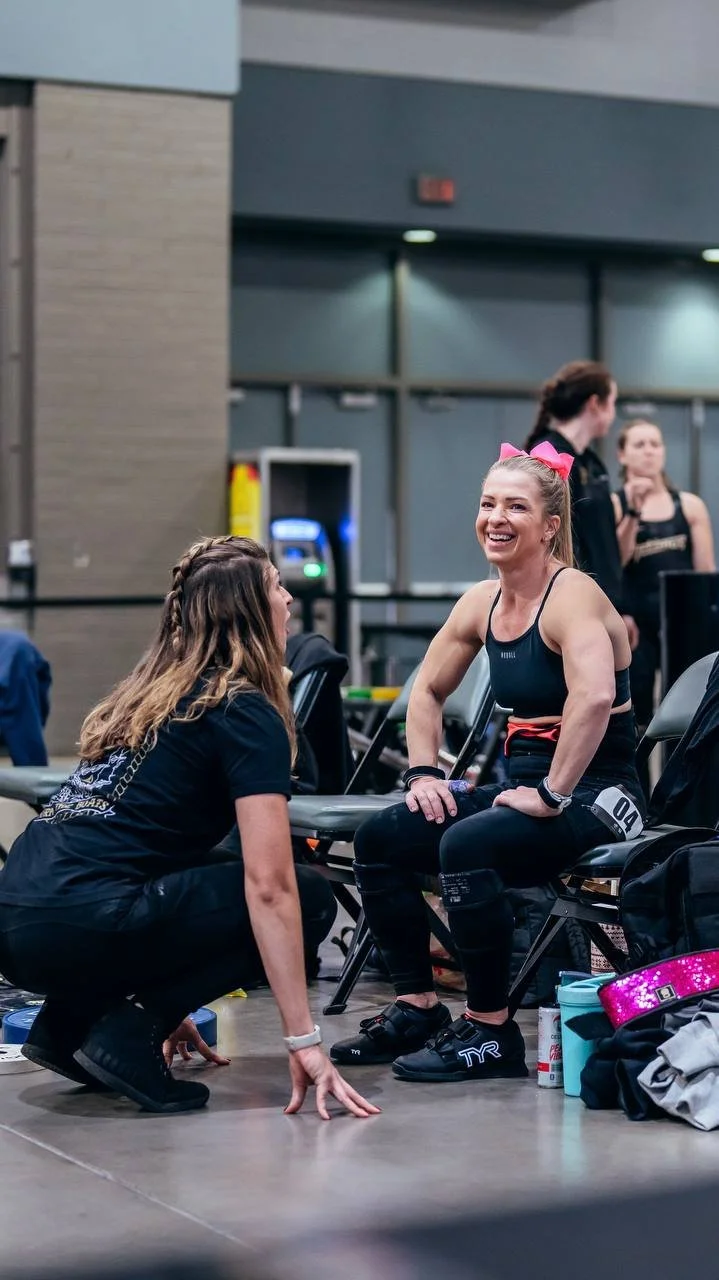
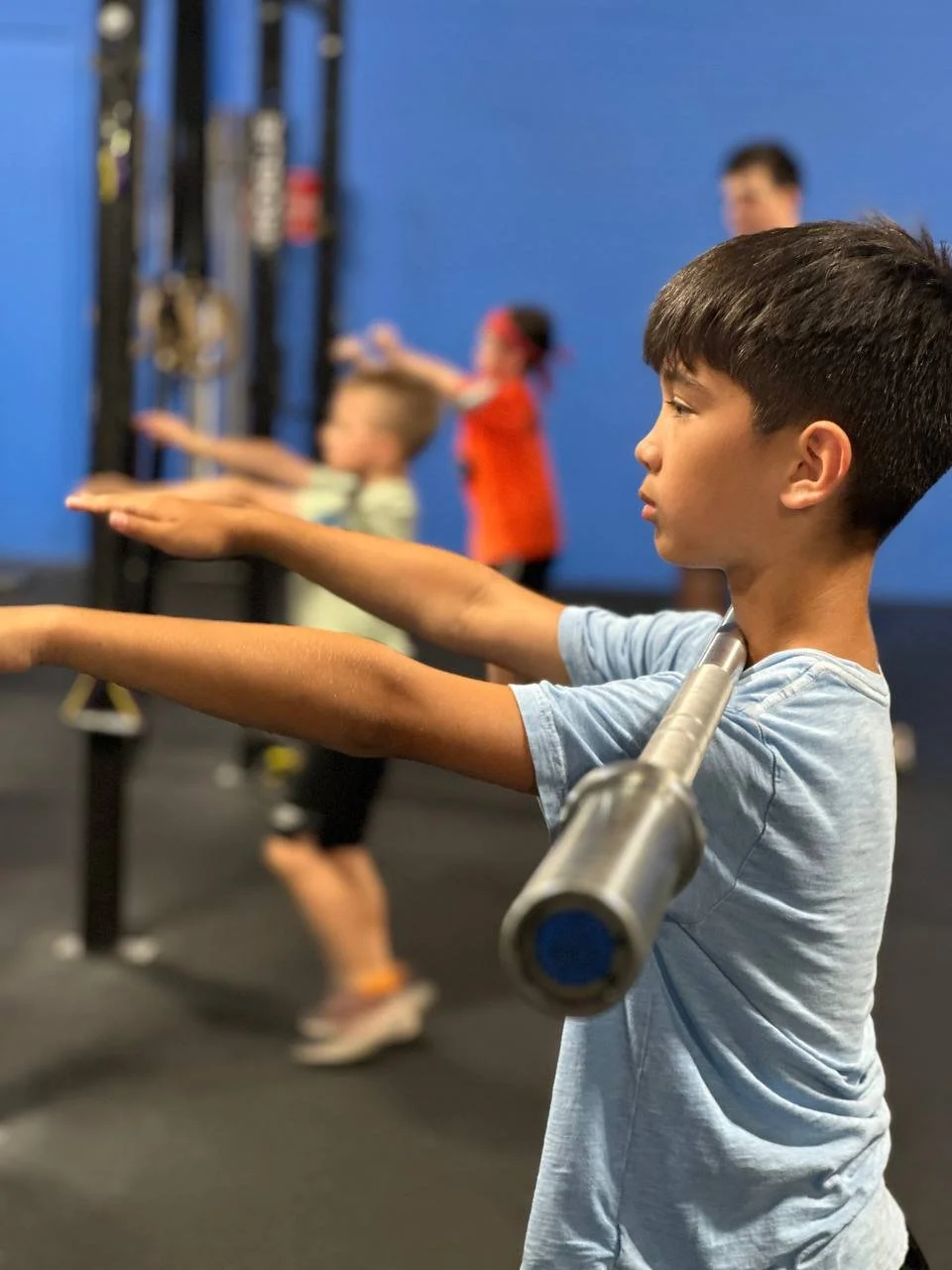


Setting Real Goals vs. Chasing Numbers
Goal setting is part of every athlete’s journey. We write them in notebooks, talk about them in check-ins, and sometimes even define our entire training cycle by them.
But over time—both as an athlete and a coach—I’ve learned that not all goals are created equal.

Reflecting on the Year: Wins, Losses, and Lessons Learned
Every year feels like a full training cycle—physically, emotionally, and mentally.
Some lifts land. Some don’t. Some weeks feel smooth. Others feel like everything’s heavier than it should be.
This past year wasn’t my strongest year competitively.
But it was one of my best years personally.
Using Data & Technology in Training: What’s Worth It?
In today’s training world, you can measure just about anything—bar speed, jump height, load tolerance, readiness scores, movement symmetry, and more.
But just because you can track everything… doesn’t mean you should.

Building an Athlete-Coach Relationship That Lasts
Training plans don’t build trust. Presence, care, and communication do—from both sides.
In a world full of programs, platforms, and PDFs, the athlete–coach relationship is still what matters most. You can buy a great training plan from one of the best coaches in the country for $50. But the plan itself isn’t what helps an athlete grow.
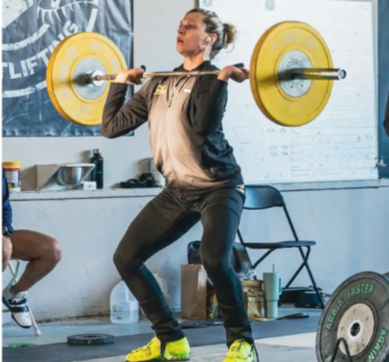
How to Reflect & Reset After a Training Cycle
As coaches, we tend to zoom out when we reflect—looking at full seasons or year-end athlete reviews. But some of the most meaningful growth happens when we zoom in. At TriState, we take time to reflect and reset after each training cycle, whether that’s a 6-week build, a 12-week prep, or a peak into competition.

How I Review an Athlete’s Year of Training
What we’ve learned, how we’ve grown, and how we decide what’s next.
As a coach, one of the most important things I do all year is sit down with each athlete and review their season. But this review isn’t about data first. It’s not about lifts, numbers, or placements.
